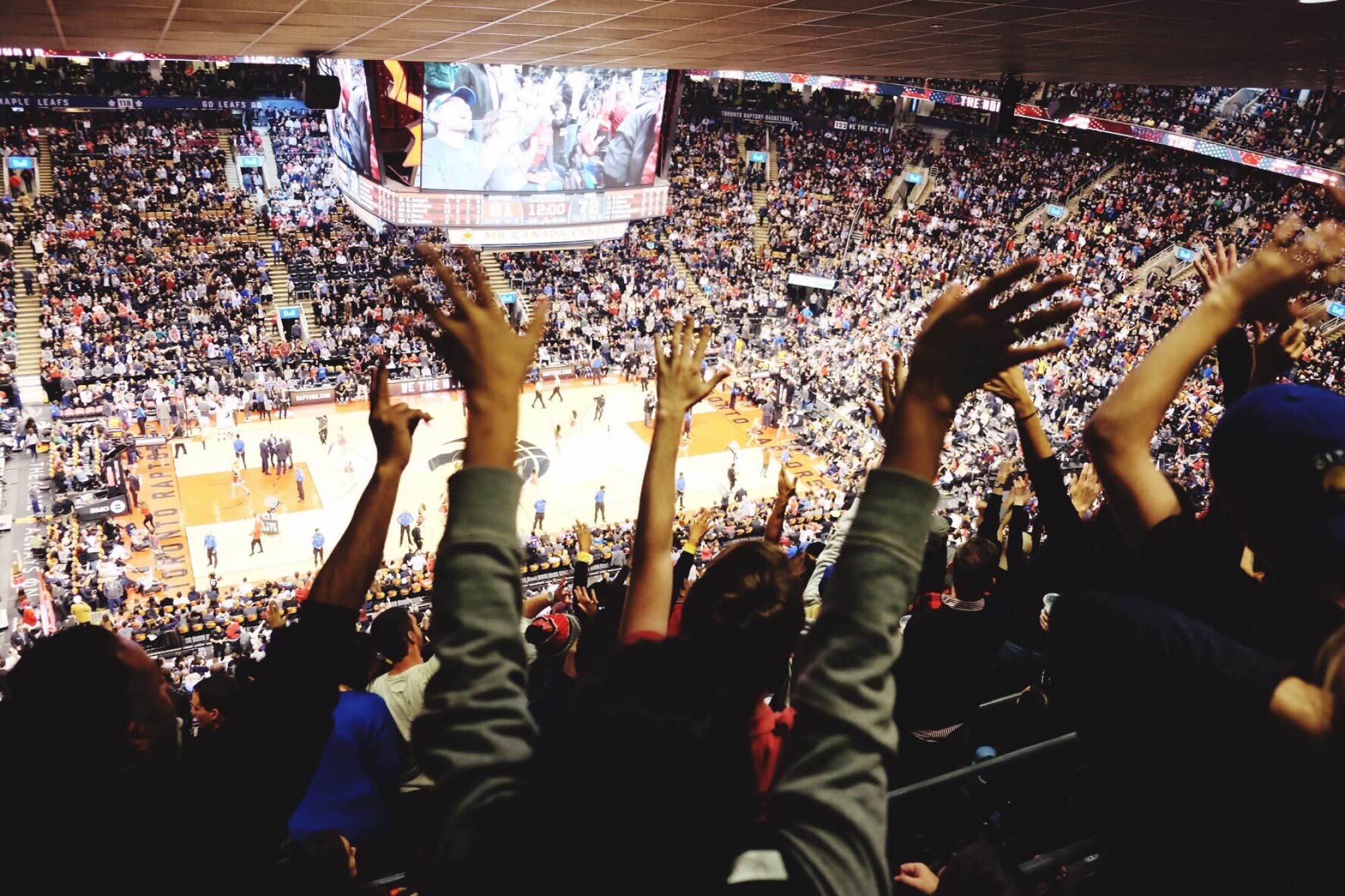- Abuse & The Abuser
- Achievement
- Activity, Fitness & Sport
- Aging & Maturity
- Altruism & Kindness
- Atrocities, Racism & Inequality
- Challenges & Pitfalls
- Choices & Decisions
- Communication Skills
- Crime & Punishment
- Dangerous Situations
- Dealing with Addictions
- Debatable Issues & Moral Questions
- Determination & Achievement
- Diet & Nutrition
- Employment & Career
- Ethical dilemmas
- Experience & Adventure
- Faith, Something to Believe in
- Fears & Phobias
- Friends & Acquaintances
- Habits. Good & Bad
- Honour & Respect
- Human Nature
- Image & Uniqueness
- Immediate Family Relations
- Influence & Negotiation
- Interdependence & Independence
- Life's Big Questions
- Love, Dating & Marriage
- Manners & Etiquette
- Money & Finances
- Moods & Emotions
- Other Beneficial Approaches
- Other Relationships
- Overall health
- Passions & Strengths
- Peace & Forgiveness
- Personal Change
- Personal Development
- Politics & Governance
- Positive & Negative Attitudes
- Rights & Freedom
- Self Harm & Self Sabotage
- Sexual Preferences
- Sexual Relations
- Sins
- Thanks & Gratitude
- The Legacy We Leave
- The Search for Happiness
- Time. Past, present & Future
- Today's World, Projecting Tomorrow
- Truth & Character
- Unattractive Qualities
- Wisdom & Knowledge
Health & Wellness Wednesdays
Live Sporting Events
There’s an energy at a live sporting event that you just can’t replicate anywhere else. From the roar of the crowd to the electric energy in the venue, an in person event is an experience that goes above and beyond simply watching a game on a screen.
I recently had the chance to go to a local hockey game, and even though it wasn't a major league event, the atmosphere was awesome - everyone was having a good time and it was contagious! There's something about being surrounded by hundreds, if not thousands, of people who are all rooting for the same team (or passionately against the other team!) that creates an incredible sense of community and excitement.
At the hockey game I was recently at, I actually ended up having to leave early to get my kids home to bed. I wish that some games started earlier so that they were a bit more family friendly, but we still had a great time for how long we were able to stay.
I always end up feeling that in our increasingly digital world, where so much of our entertainment comes through screens, there’s a renewed appreciation for these in-person experiences. Live sporting events are a chance to step away from the passive consumption of content and become an active participant in a shared event. They offer a sensory overload in the best possible way – the sights, the sounds, the smells of the arena food, the collective pulse of the crowd.
So, if you get the chance to attend a live sporting event, no matter how big or small, I highly recommend it - even if you have to leave early like me. It's a reminder of the power of collective experience, the thrill of competition, and the simple joy of being part of something bigger than yourself.
Interesting Fact #1
As of 2025, the most watched sporting events in the world are: World Cup – 5 Billion Viewers Tour de France – 3.5 Billion Viewers Cricket World Cup – 2.6 Billion Viewers Women’s World Cup – 2 Billion Viewers Summer Games – 2 Billion Viewers Winter Games – 2 Billion Viewers UEFA Champions League Final – 450 Million Viewers Super Bowl – 115.1 Million Viewers Wimbledon – 25.6 Million Viewers NBA Finals – 17.8 Million Viewers World Cup of Rugby- 17 Million Viewers Kentucky Derby – 16.6 Million Viewers The Masters – 15 Million Viewers World Series – 14.73 Million Viewers NCAA Final Four – 14.7 Million Viewers
Interesting Fact #2
Over the last few years, more and more brands have been placing their marketing budgets not just on TV but more specifically with live sporting events. Why? Because these are events that people want to watch as they unfold, presenting advertisers with the perfect platform to reach millions of viewers at a time – not an easy feat when you consider streaming consumption and fragmentation. Moreover, these are engaged viewers that are emotionally and psychologically invested in their favorite teams and star players.
Interesting Fact #3
Sports fans come in two categories. The first are the “casual” sports fans who have their favorite teams and athletes but engage mostly on game days. A big TV screen and some close friends to share the experience with are enough for them. The second category of sports fans are the “avid” fans. This group watches their favorite teams and athletes win or lose, week in and out. They know all about them—everything from their stats to what laundry detergent they use.
Quote of the day
“The score never interested me, only the game.” ― Mae West
Article of the day - What draws spectators to live sporting events?
Stadiums and sports teams can employ a variety of strategies to strengthen their connection with viewers and draw crowds to live sporting events.
Leveraging location analytics, we dove into foot traffic and audience segmentation data to analyse some of the ways that stakeholders in the sports world are driving foot traffic to games.
Superstars on the squad: The WNBA catches superstar fever with Caitlin Clark
In sports, the signing of a star athlete can have a ripple effect across the organisation, hometown, and league. In addition to driving up overall attendance at games, star power can impact everything from visit frequency to audience profile – and the buying power of stadium attendees.
After dazzling the sports world during her college basketball career, Caitlin Clark was drafted first overall to the Indiana Fever before the 2024 WNBA season. The superstar’s arrival has had a staggering economic impact on the city of Indianapolis and the Fever franchise, highlighting the benefit of a top athlete within the local community.
However, Clark’s stardom also had a far-reaching impact on the league as a whole, adding tremendous value to the WNBA. Trade area analysis reveals that several WNBA arenas saw an uptick in visitor affluence when hosting the Fever with Clark in the lineup – likely driven in part by the elevated ticket prices associated with her appearances.
When the Minnesota Lynx hosted the Fever on 14th July 2024, for example, the median household income (HHI) of Target Center’s captured market shot up to just over US$93,000 per year, well above the median HHIs for the games immediately before and after that event. (A venue’s captured market refers to the census block groups (CBGs) from which it draws its visitors, weighted to reflect the share of visits from each one – and thus reflects the profile of the venue’s visitor base.)
Similarly, the Fever’s away game against the Connecticut Sun on 14th May 2024 at Mohegan Sun Arena drove a higher audience median HHI (US$103,600 per year) than either of the Sun’s next two home games.

Teams for the win: Fans flock to the Baltimore Orioles’ comeback
Having a superstar on the roster can drive positive outcomes locally and league-wide – but overall team success is the ultimate goal for any franchise. So it may come as no surprise that stadiums and arenas can drive engagement when their home teams perform well on the field or court. And teams that reverse their fortunes often spark even greater excitement, boosting visitor loyalty, visit duration, and other key metrics.
The Baltimore Orioles had one of the worst records in baseball just a few years ago. But since 2022, the team has flipped the script – stringing together winning seasons and postseason berths. And location intelligence shows that as the team finds success, fans are becoming more engaged with their hometown stadium.
During the 2019 regular season, one of the worst for the club in recent history, stadium attendance suffered, with only 8.3 per cent of visitors to Oriole Park at Camden Yards visiting the stadium at least three times during the season. But during the 2024 regular season, Oriole Park’s share of repeat visitors (those who visited at least three times) was almost double 2019 levels (16.3 per cent) – consistent with a sharp increase in sales of multi-game ticket packages.

In addition to attending games more often, visitors to Oriole Park also appear to be spending more time at the ballpark. During the 2019 regular season, visitors spent an average of 150 minutes at the stadium, but in 2024, the average time at the park increased to 178 minutes – potentially boosting ancillary spending and in-stadium advertising exposure. The increased dwell time of visitors is particularly noteworthy when considering that MLB’s rule changes have significantly shortened average game time.
The more engaged fandom engendered by team success not only impacts stadium visitor behaviour, but also has the potential to drive revenue. The Orioles added 20 new corporate sponsors before the 2024 season, likely due to the attention garnered by the well-performing club.
Catering to the fans: Phoenix Suns and the dawn of value dining
While stadium attendance and visitor behaviour is often correlated to the performance of the sports teams that play in the arena, sporting venues can also drive fan engagement in ways that aren’t solely tied to team success or big-name athletes. By adapting their concessions and venue operations to visitor preferences, stadiums and arenas can better serve their audiences and strengthen their community presence.
In December 2024, for example, the Phoenix Suns announced a US$2 value menu for all home games at Footprint Center – delivering steep discounts on hot dogs, water, soda, and snacks.
Location analytics suggest that since the value menu launch, more fans who would have otherwise waited until after leaving the venue to grab a bite are now enjoying food and drinks inside the arena. Analysis of five Suns home games just before the value menu launch – between 26th November and 15th December 2024 – reveals that between seven per cent and 9.3 per cent of stadium visitors visited a dining establishment after leaving the arena. But following the value menu launch before the 19th December 2024 home game, post-game dining decreased to under six per cent through the end of the year.
Suns owner Mat Ishbia’s announcement of the new menu called out the need for affordable food options for families at Suns games. As the season progresses, the new menu may drive a larger share of family households to Suns games, which could provide opportunities for advertisers and other stadium partners.

Winners all around
Stadiums and arenas can leverage a variety of strategies to engage visitors in attendance as well as wider audiences. Signing a star athlete, putting together a winning club, or adapting to local preferences are just some of the ways that sports franchises and athletic venues can find success.
Question of the day - What is your favorite live sporting event to attend, and what do you love most about the experience?
Experience & Adventure
What is your favorite live sporting event to attend, and what do you love most about the experience?












